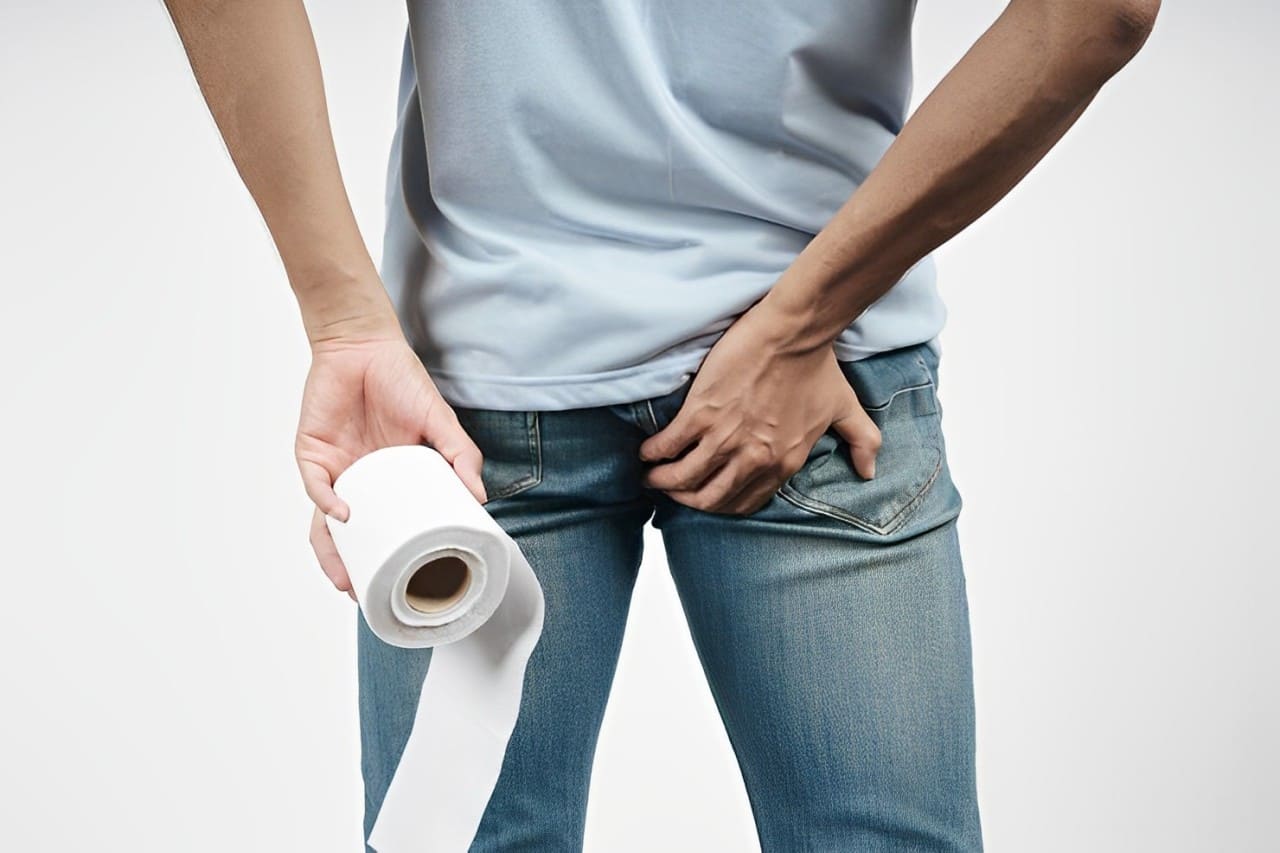Understanding and Treating Anal Fissures with Homeopathy
Anal fissures are small tears or cracks in the lining of the anus, the opening at the lower end of the gastrointestinal tract through which stool exits the body. Constipation is a major cause of anal fissures.
The Role of Homeopathy in Treating Anal Fissures
Homeopathy offers effective, natural treatment for anal fissures, ensuring complete recovery without the need for surgery. These remedies provide symptomatic relief, soothing pain and burning, controlling bleeding, and promoting the natural healing of cracks. A significant obstacle to healing is constipation with hard stools. Repeated scratching of the fissure by hard stools delays healing. Homeopathic treatments also address constipation, regulate bowel movements, and soften stools, thus facilitating healing and preventing recurrence.
Homeopathic medicines are derived from natural substances, ensuring they have no side effects. They work by harnessing the body’s restorative processes, making them safe for everyone, including those with acute, chronic, and recurrent fissures. These remedies are tailored to individual symptoms, so consulting a homeopathic doctor for a personalized prescription is recommended.
Top Homeopathic Remedies for Anal Fissures
- Ratanhia: The top remedy for anal fissures, Ratanhia effectively relieves pain and burning during and after stool. It is especially useful when the pain feels like broken glass or a knife piercing the anus and when constipation is present.Usage: Ratanhia is typically used in 30C potency, taken two to three times a day. In some cases, 200C potency may be recommended, usually once a day.
- Nitric Acid: Best for managing anal bleeding and pain. The bleeding is bright red, and the pain is cutting or splinter-like. It is useful even if the stool is soft but still causes cuts.Usage: Nitric Acid is usually taken in 30C potency, once a day.
- Graphites: Effective for sharp, cutting anal pain during stool, and when the anus is very sore to touch. Bleeding and difficult stool passage are also common.Usage: Graphites can be used in potencies ranging from 3X to 200C. The 3X potency can be taken twice a day, while 30C should be taken once a day or twice a week.
- Paeonia: Ideal for cases with foul-smelling discharge from anal cracks. It also helps with intense pain, itching, and burning.Usage: Paeonia is typically started with 30C potency, taken twice a day.
- Thuja: Useful for fissures that are very sensitive and painful to touch, often accompanied by burning and itching.Usage: Thuja 30C can be taken once a day, with the dose gradually reduced as relief sets in.
- Sedum Acre: Though less known, it effectively reduces anal pain that persists for several hours after passing stool.Usage: Sedum Acre works well in 30C potency, taken twice a day.
- Petroleum: Best for managing anal itching associated with fissures. It is indicated when stools are hard and lumpy.Usage: Petroleum 30C can be taken once or twice a day.
- Natrum Mur: Beneficial for fissures with bleeding and burning sensations. It addresses marked constipation, with stools passing on alternate days.Usage: Natrum Mur 30C can be taken twice a day initially.
- Bryonia: Ideal for treating constipation with dry, hard, large stools, preventing fissure formation and facilitating healing.Usage: Bryonia 30C can be taken two to three times a day.
Causes of Anal Fissures
- Constipation: The primary cause, resulting from the passage of large, hard, dry stools that overstretch and tear the anal lining.
- Diarrhea: Long-term diarrhea causes dryness and irritation, leading to cracks.
- Trauma: Caused by vaginal childbirth, anal sex, or inserting objects into the anus.
- Medical Conditions: Conditions like Crohn’s disease, tuberculosis, anal cancer, and certain sexually transmitted diseases can lead to fissures.
Symptoms of Anal Fissures
- Severe pain during and after passing stool
- Bright red bleeding with stool
- Burning sensation and itching
- Visible cracks in the anal area
- Hard stools in cases of constipation
- Foul-smelling discharge from the cut
- Skin tags or small lumps near the fissure in chronic cases
Diagnosing Anal Fissures
A doctor can diagnose an anal fissure based on symptoms and a visual examination of the anal area. In some cases, anoscopy may be recommended to examine the anal canal and rectum more closely.


